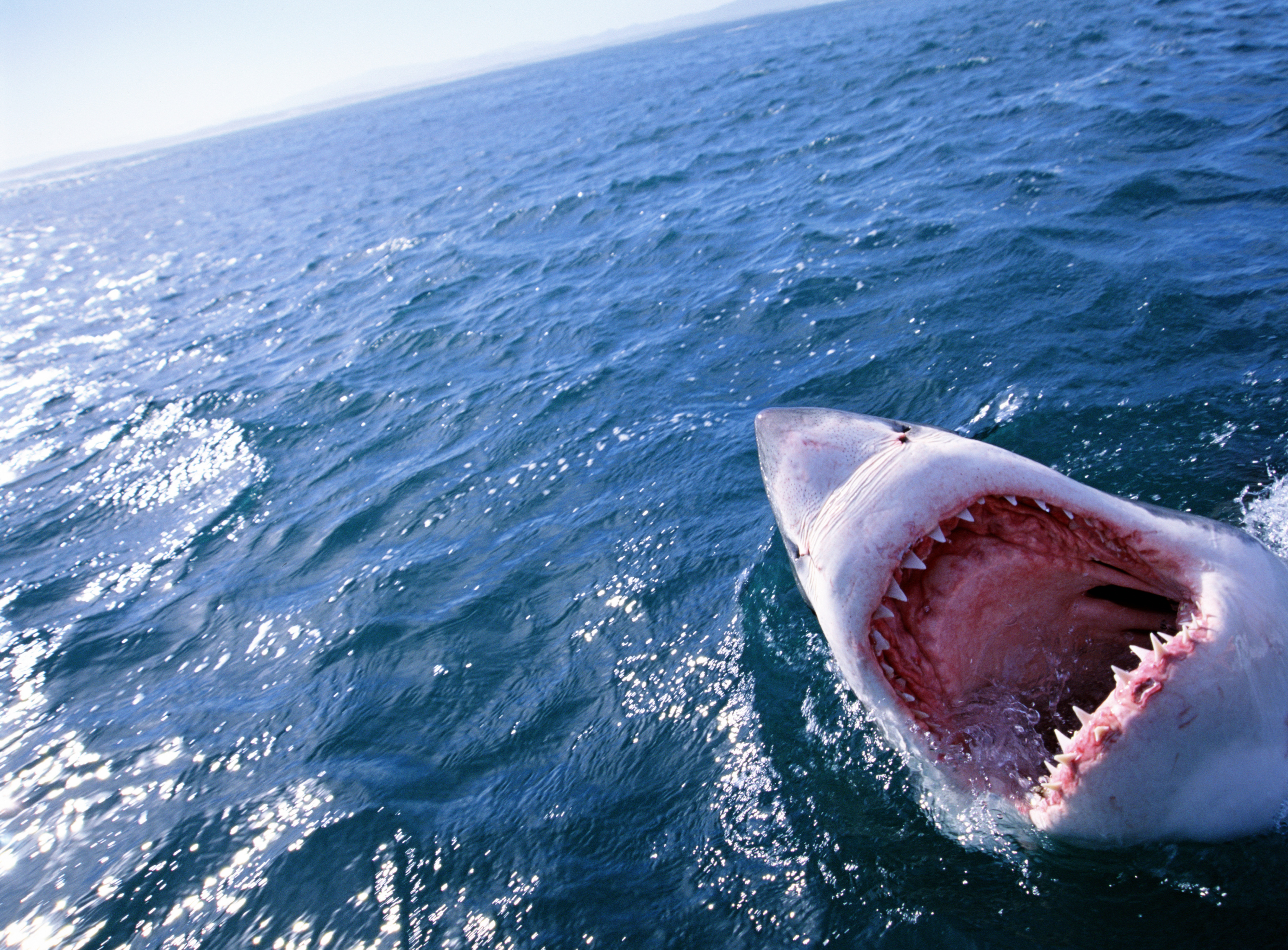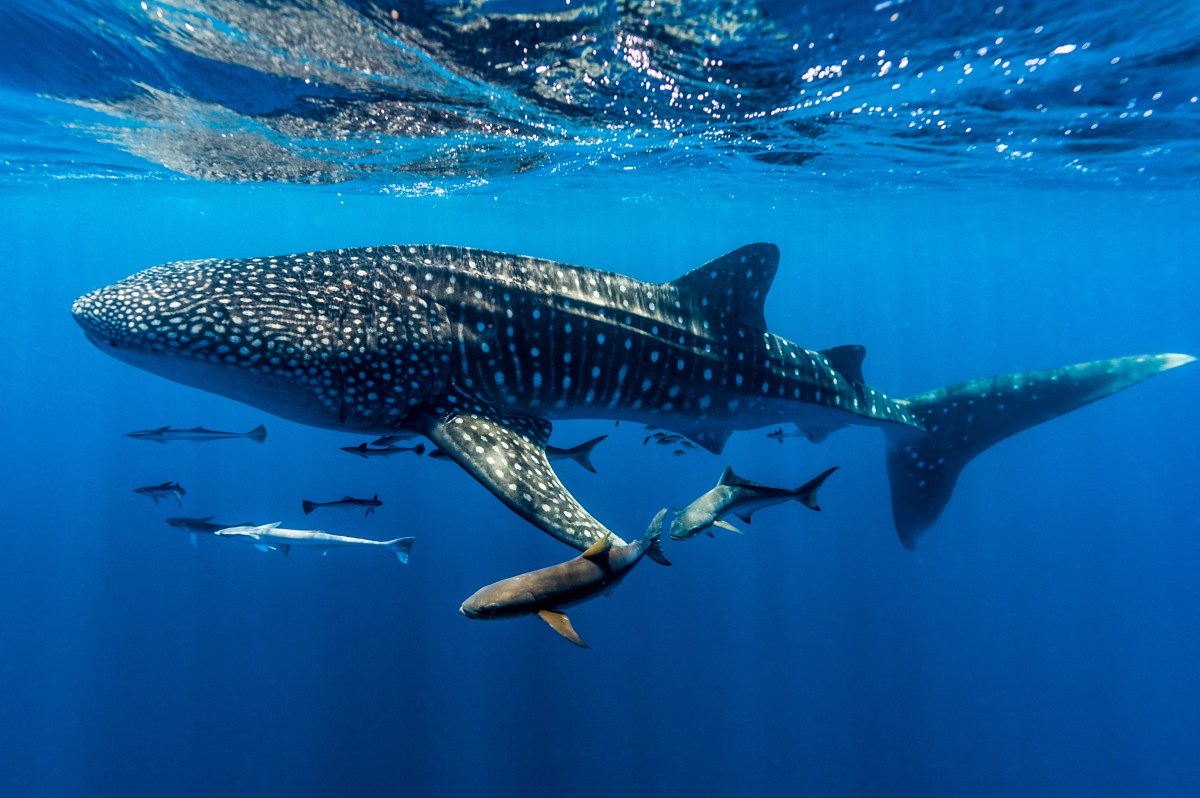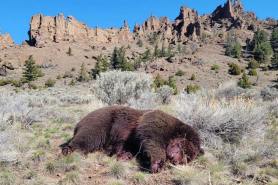

We’re in the prime of beach season, which means Shark Week is right around the corner—the Discovery Channel special starts Sunday, July 23. The week-long programming has practically become a holiday as people celebrate an animal that many find terrifying and mysterious. Before walking on the beach to find shark teeth, here are 30 facts to impress friends and family.
Videos by Outdoors with Bear Grylls
1. There are more than 500 different species of sharks.
2. Hammerhead sharks eat other sharks.
3. Depending on the species, sharks have between 50 and 300 teeth.
4. Sharks often lose their teeth; some species produce about 6,000 new teeth yearly.
5. About 72 people are attacked by a shark every year.
6. About five people are killed annually in shark attacks.

7. Despite the fear of sharks, people are more likely to die from encounters with wasps, dogs or snakes than they are sharks.
8. Also, your chances of drowning are far higher than being harmed by a shark.
9. Sharks are part of the elasmobranch group and, instead of bones, are primarily cartilage.
10. Other elasmobranchs include stingrays, sawfish and skates.
11. Cities and other officials now deploy drones to get early detection when sharks are near beaches.
12. Greenland sharks are estimated to live between 250-500 years. This is the longest lifespan of any vertebrate.
13. Each whale shark’s skin pattern is as unique as a fingerprint.
14. Sharks are ancient and have been around since before the dinosaurs.
15. The extinct megalodon shark was longer than a school bus.
16. Numerous shark tracking websites allow visitors to see the current location of specific sharks.
17. Sharks sleep with their eyes open.
18. Great white sharks are found in every ocean in the world and usually stick to coastal areas.
19. The movie Jaws debuted in 1975, and its popularity led to three sequels, including one in 3D.
20. The production crew nicknamed the animatronic shark “Bruce” on set.
21. Some believe this is why Pixar named the shark Bruce in Finding Nemo.
22. The smallest known shark species is the dwarf lantern shark, at only six inches.
23. The largest shark is the whale shark which can grow up to 42 feet long.

24. Fortunately, despite their size, whale sharks only eat small creatures like krill and jellyfish.
25. The white, tiger and bull sharks are responsible for most shark attacks.
26. New Smyrna Beach, Florida, is repeatedly named the U.S. beach with the most shark attacks.
27. Not all sharks live in saltwater. Australia and Asia have river sharks.
28. Baby sharks are born with all of their teeth.
29. Great white sharks eat 11 tons of food a year.
30. According to the World Wildlife Foundation, the threat of extinction impacts about 25% of shark species.









